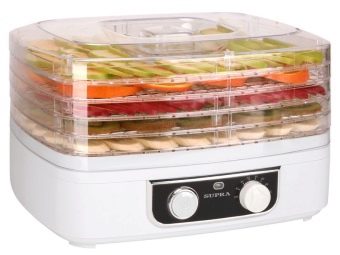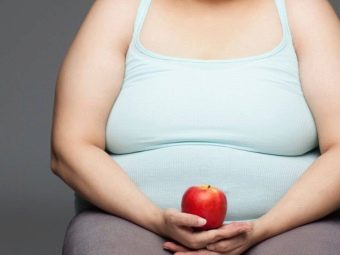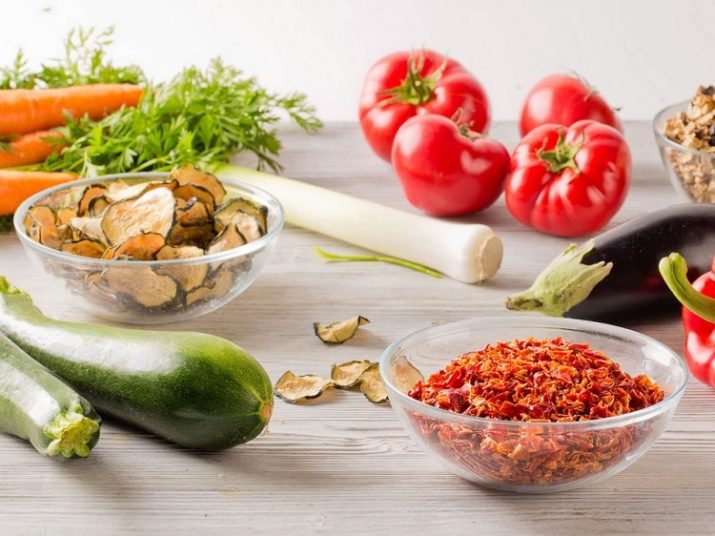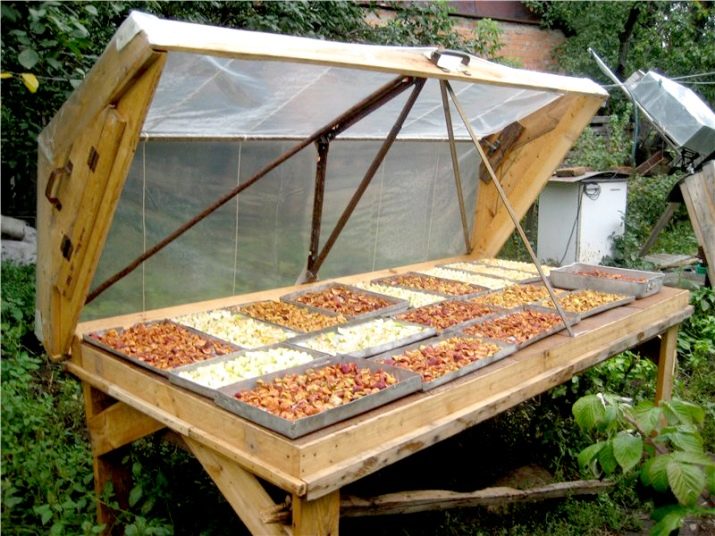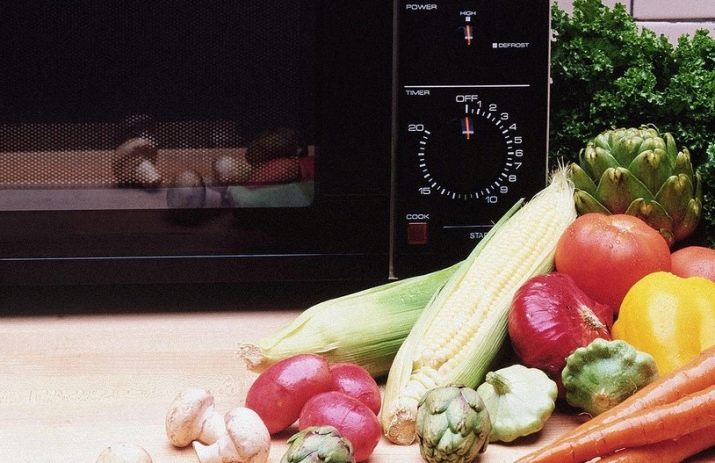Dried vegetables: the benefits, harm and use in cooking
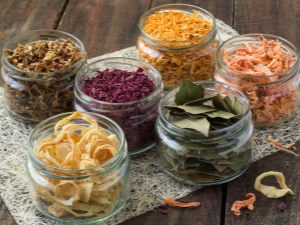
Dried vegetables are popular with housewives - their use is universal, the shelf life is long, and they take up very little space.The product is added to the first and second courses, it can be processed in any culinary way, it gives the meat and fish a rich savory taste.
Special features
Dried vegetables are products that are obtained as a result of heat treatment in order to remove all excess moisture and ensure long-term storage.
Dry almost everything - from celery and ending with potatoes. Drying of carrots, tomatoes, peppers and beets, onions and garlic is very common. Experienced cooks note that when dried, they in a new way reveal the taste of the usual dishes, make them more savory and juicy. When using such methods of harvesting as pickling and salting, most of the products do not retain their vitamin and mineral composition due to preservatives, vinegar and spices. And dried vegetables can rightly be called the concentration of all the nutrients that are presented in their fresh counterparts.
However, not all vegetables are intended for drying - those that are 85% or more water are not dried, because in this case they lose almost all the mass and the technology's performance is rather low. These products include cucumbers, radishes, cabbage and iceberg lettuce.
Fresh vegetables contain about 80% of water, which is why they are classified as products with a reduced shelf life, they fade pretty quickly and start to deteriorate. If the volume of liquid in them is reduced to 10-15%, then they will be able to resist the action of various microorganisms. Vegetables, subject to all necessary storage conditions, do not rot for a very long time. Dried vegetables are boiled, stewed, baked and even eaten raw. To do this, just soak them in water and in a few minutes start preparing hearty dishes.
Dried vegetables are sold in any store, but most cooks prefer to harvest them on their own at home. All you need is to prepare the products and send them for drying. Usually for this purpose they use an oven or a special electric dryer, and if the weather permits, you can cook the product in the old manner directly under the rays of the sun. In addition, they use such popular kitchen gadgets as a slow cooker, microwave or aerogrill.
Benefit and harm
Dried vegetables are high in calories - 250 kcal per 100 g of the product, while the protein content in them is 37-38 grams, fats 0.5-0.8 grams and carbohydrates 23-23.5 grams. Anyone who plans to use dried vegetables in cooking should be aware that after heat treatment, the caloric content of the food increases and even exceeds the corresponding figure for raw fruits. In dry vegetables, the concentration of vitamins and microelements are preserved almost in full.
Dried potatoes have a lot of vitamin B, D, E and PP, the product is rich in calcium, potassium, as well as iron and chromium. Potato tubers are characterized by increased calorie content, with the majority of kilocalories being accounted for by carbohydrates, of which there are quite a few potatoes. At the same time, the protein contained in the dried product is similar in properties to an animal. It has a balanced composition of amino acids, thanks to which it is completely absorbed by both children and adults.
Quite a lot has been said and written about the usefulness of beets, the product effectively fights anemia, fever, pathologies of the gastrointestinal tract and even opposes tumor processes. Dried green peas include high concentrations of vitamins A, B and C. In addition, the product is rich in phosphorus, calcium, magnesium, and zinc and potassium.
As a result, the product is recommended for inclusion in the diet of people suffering from high blood pressure, inflammation of the urinary system and vascular diseases.
Dried carrots contain a lot of carotene, and the product is also rich in potassium, iron and dietary fiber, vitamins B, PP and C.This semi-finished product is shown to absolutely everyone, especially people suffering from reduced visual acuity, neurosis-like conditions and disorders of the organs of the digestive system.
Zucchini in dried form is low calorie, the product is well absorbed by the body and improves the condition of anemia, problems of the heart and blood vessels. Dried tomatoes are rich in lycopene, which is a powerful antioxidant, opposing many tumor processes.
However, dried vegetables have their own contraindications - these products can harm some categories of people. For example, potatoes have accumulated a lot of carbohydrates and starch, so the product should be carefully included in its menu for people with diabetes and a tendency to obesity. And also should be taken into account the individual intolerance of the products, since dried vegetables are characterized by increased concentrations of the components contained in the composition.
When choosing vegetables in the store, be sure to pay attention to the shade - if the products are too bright, glossy, then when dried they were subjected to treatment with dyes and chemicals. If you often eat "beautiful" products, it will inevitably lead to dysfunction of the biliary tract and pain in the stomach. When the products are dried in accordance with the applicable State Standards, they will be slightly paler than they are raw.
Before using dried vegetables, they should be washed with water, and best of all - soaked in boiling water for 30-60 minutes, this will save the products from pathogenic microflora, which could be brought in during transportation and packaging of products in industrial conditions.
Use in cooking
Many housewives are willing to use dried vegetables in cooking, they help in the situation when it is not possible to get fresh food, and cooking time is significantly reduced. In order to return dried semi-finished products to their original form, you just need to put them in a deep bowl, pour water and leave for 1.5-2.5 hours - during this time, products are completely restored and they can be taken to prepare a variety of dishes.
Dry concentrates can be an excellent dressing for cabbage soup and borscht, they are used to make soups, stews and goulash, indispensable for recipes for children's dishes in the winter, when there are no fresh products on the shelves.
Shelf life of dry vegetables is 12 months, but it can be extended using sealed containers. In this case, the product remains usable for up to 2 years, and the taste properties remain at the end of the period by 60-70%.
Drying at home
Owners of gardens and cottages prefer to dry vegetables for the winter on their own - in this case, you can always be sure that they are completely safe for health, do not contain preservatives, chemicals and salts of harmful metals. For drying suitable large ripe fruit without damage and signs of rot.
For drying suitable large ripe fruit without damage and signs of rot. Each vegetable has its own characteristics of drying, for example, tomatoes can not be cut into slices. In this case, the juice will stick to the lattice and the walls of the dryer, so for drying tomatoes only small varieties are taken, most often cherry.
Among the main methods of drying are the following:
- In the open sun - this method was used for a long time by our grandmothers and great-grandmothers, in fact, it has much more disadvantages than advantages - in the process of drying, the products are damaged by midges, birds and bees, because the secreted juice becomes a good bait for insects. In addition, the unpredictability of weather conditions does not guarantee an excellent result, the started rains can negate all efforts to harvest the product.
- Electric dryer - This is a modern method of drying vegetables using special gadgets.Dryers evenly heat the products and have the option of convection air, so that vegetables are completely dried in just a few hours.
- Oven - This is the most affordable method, since there is an oven in every house, however, in this case it is necessary to dry the vegetables in several passes.
- Microwave - Another popular method of drying. This option is resorted to only if you need to prepare a small amount of vegetables, in addition, with this approach, most of the nutrients simply evaporate.
To learn how to dry vegetables, see the next video.




